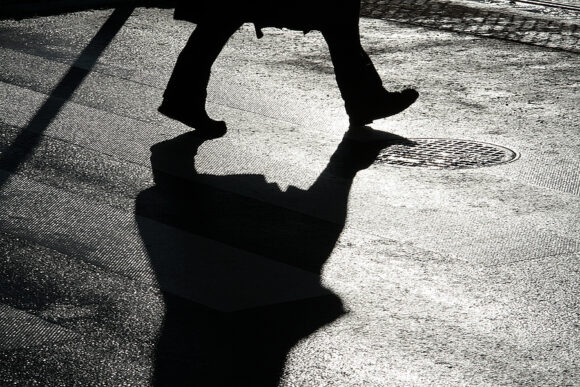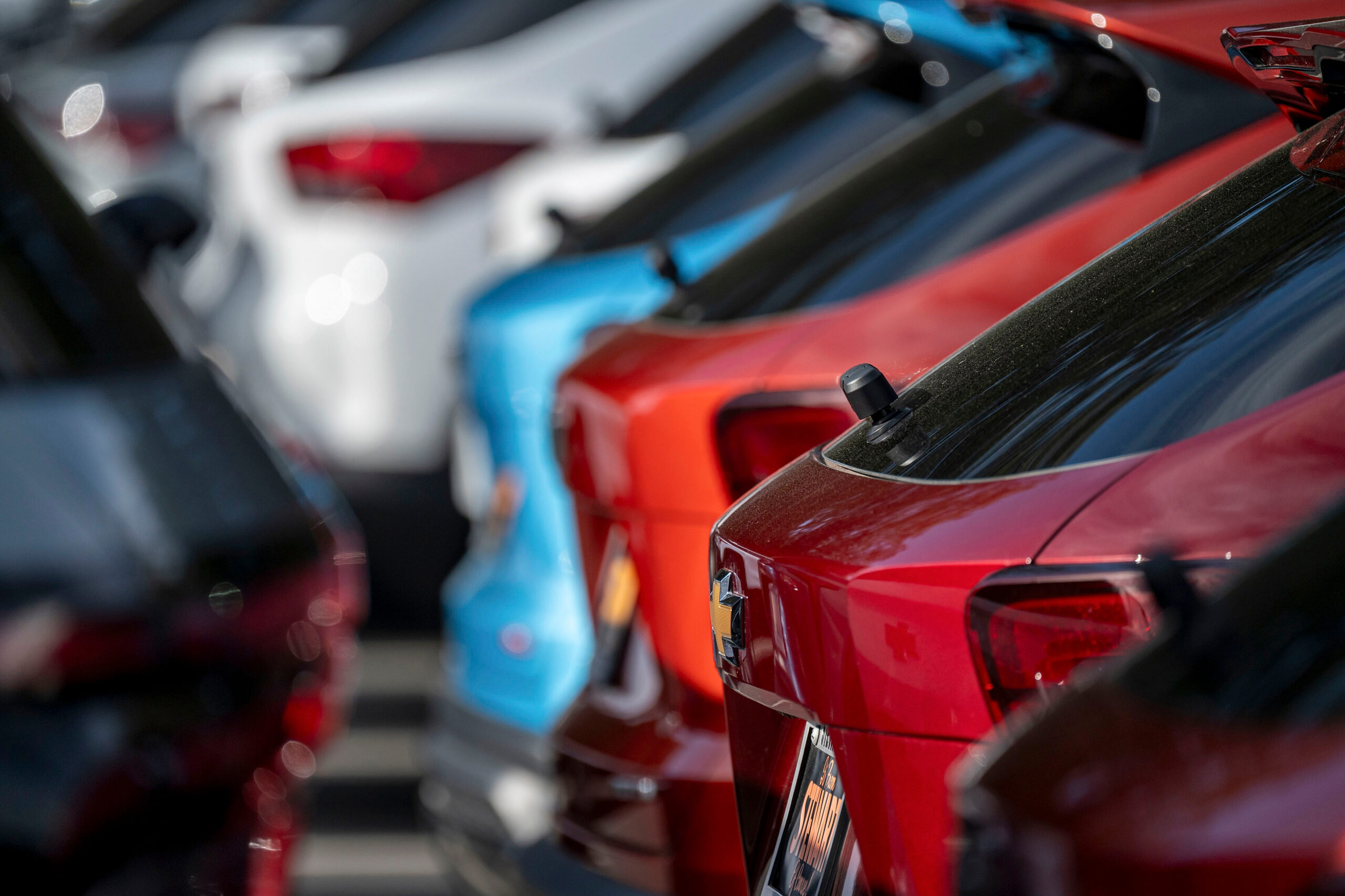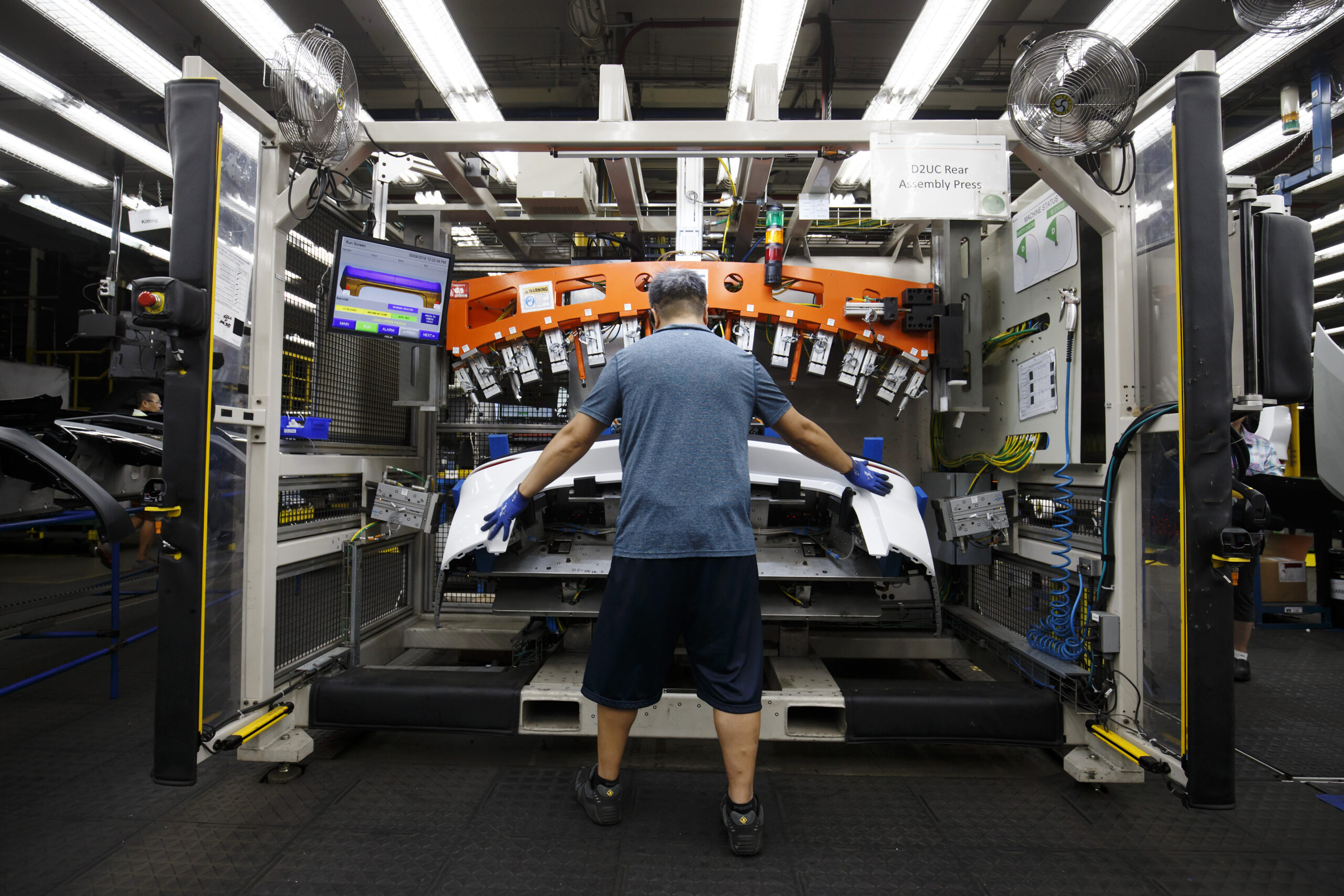A new study that examines the circumstances behind who is found at fault when cars hit pedestrians in an urban area shows that the environment where the crash took place – especially the types of roads and the amount of access to marked crosswalks – played a key role in whether the pedestrian or the driver was blamed for the collision.
In the study, done in Columbus, pedestrians were more likely to be blamed when they were crossing roads with a high volume of cars traveling at faster speeds, and where crosswalks were few and far between.
In areas of the city – such as downtown – where there were more marked intersections with pedestrian crossings, drivers were more likely to be found at fault.
“Our findings suggest that while the tendency is to blame individuals, the built environment where the crash occurs plays an important role,” said Jonathan Stiles, who led the study as a postdoctoral researcher in geography at The Ohio State University.
This was evident in areas of the city where there was an average of a quarter-mile between crosswalks with signals.
“In neighborhoods where there is less pedestrian infrastructure, pedestrians tend to be blamed more for crashes,” said co-author Harvey Miller, professor of geography at Ohio State.
“There needs to be more attention to road design and the built environment that contributes to crashes.”
The study was published recently in the Journal of Transport and Land Use.
Miller and Stiles, who is now a visiting assistant professor at Columbia University, analyzed five years of data on pedestrian crashes in Franklin County, Ohio, the home of Columbus.
There were 2,757 pedestrian crashes in the county between 2015 and 2019. In slightly more than half the crashes (54%), the driver was found at fault, and in 36%, the pedestrian was blamed. No fault was found in the remaining crashes.
As expected, the pedestrian being in the middle of a block or in a travel lane (outside of a crosswalk) increased the likelihood of them being found at fault.
Aspects of the built environment had a strong impact on who was found at fault. Pedestrians were more likely to be found at fault on arterial roads – high-capacity thoroughfares that have heavier traffic and higher speed limits than local roads.
The presence of bus stops in the area also increased the odds of the pedestrian being found at fault – probably because most bus stops are dropping off pedestrians on the busy arterial roads with fewer crosswalks, researchers said, meaning many people may be crossing between blocks.
To get a better handle on how the built environment affected who was found at fault, Miller and Stiles did case studies of various neighborhoods in Columbus.
They found that downtown Columbus – which has pedestrian-friendly street design and infrastructure, with automatic pedestrian traffic controls at most intersections – was the area where drivers were most likely to be found at fault for crashes. Here, drivers were found at fault in 3 out of 4 crashes, and pedestrians were faulted only 17% of the time.
The situation was much different in the Hilltop and South Linden, both of which are lower-income neighborhoods in the city. Unlike in downtown, crosswalks with signals were much less common in these neighborhoods, making it more difficult for pedestrians to cross busy streets safely.
In the Hilltop, pedestrians and drivers were equally likely to be found at fault (46% of the crashes). The researchers described Broad Street, a five-lane arterial road, as “a daunting road to cross with or without a signal in Hilltop, and distances to signalized crossing areas can be several blocks.”
On one part of Sullivant Avenue in the Hilltop, there was an average of 418 meters between signalized intersections – one-fourth of a mile.
The situation for pedestrians was even more difficult in South Linden, a predominantly Black neighborhood to the northwest of downtown, where pedestrians were found at fault in 55% of crashes.
Here, the average distance between pedestrian crossings with signals was 429 meters in some locations.
Some busy areas were well above this average, including one that lacked a crossing for more than 640 meters – about 0.4 miles. That stretch included a mix of residences, retail, day care, religious facilities, a library and bus stops.
“This makes it very difficult for pedestrians who may be carrying bags from a store to find a crosswalk to get across the street,” Stiles said.
“It makes it more understandable why pedestrians may try to cross a street between crosswalks.”
It is also understandable why police officers mark pedestrians at fault on official reports when people get hit while trying to cross in the middle of blocks, said Miller, who is director of the Center for Urban and Regional Analysis at Ohio State.
“Police officers are concerned about the safety of people, so they’re trying to do the right thing when they find pedestrians at fault in these situations,” Miller said.
“But what we’re seeing in this research is that the built environment is a key factor. People make errors in judgment, but no one deserves to die or get injured for such errors. And they would be less likely to make these choices if there were more pedestrian infrastructure,” he said.
One recommendation from the researchers is to redesign the crash forms completed by police to include information on the built environment around the crash site, such as distance to the nearest pedestrian crossing, to give more context on why pedestrians make certain choices.
The built environment for pedestrians isn’t just a problem in Columbus, according to the researchers. Many cities have similar issues. And the situation in Columbus is improving because of Vision Zero Columbus, a government effort focused on reducing crash-related fatalities and injuries in the city.
But this study shows the importance of a Safe System Approach to designing roadways to minimize the effects of human errors and allow pedestrians, as well as cars, to move safely through the city.
“We don’t have to design the streets the way we do. We can make fundamental design choices that could prioritize safety over the speed of traffic,” Miller said.
This article first appeared in Newswise.
Was this article valuable?
Here are more articles you may enjoy.


 Scammers Are Pushing Auto Loan Fraud to Record Levels
Scammers Are Pushing Auto Loan Fraud to Record Levels  An Unusually Active Hurricane Season Is in Store for the Atlantic
An Unusually Active Hurricane Season Is in Store for the Atlantic  Carney Pledges Billions for Canada Auto Sector in Trade War
Carney Pledges Billions for Canada Auto Sector in Trade War  Auto Insurer Fined for Data Breach That Impacted 45K New Yorkers
Auto Insurer Fined for Data Breach That Impacted 45K New Yorkers 